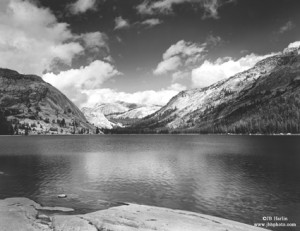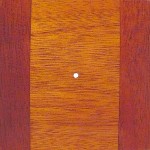 If you own a wooden camera, be it a modern model or an old one, you will eventually need a lens board. The first thing most people do is try to find a suitable lens board from a dealer, off the internet or have one custom manufactured. But, did you know it is not that difficult to make your own. And, if you make it yourself you know it will fit!
If you own a wooden camera, be it a modern model or an old one, you will eventually need a lens board. The first thing most people do is try to find a suitable lens board from a dealer, off the internet or have one custom manufactured. But, did you know it is not that difficult to make your own. And, if you make it yourself you know it will fit!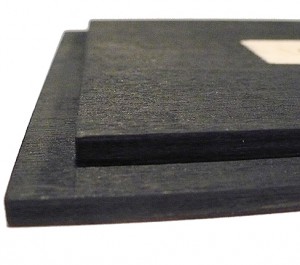
Most modern wooden lens boards are made of solid hardwood and require three to four pieces of material to construct. Believe me nothing is more frustrating than to go through the process of fitting machining hardwood pieces to have them warp or crack. Also, nothing looks worse than a piece of birch plywood painted black.
So, what to do? I say make your own using plywood. Correct. . . Plywood. It will not warp or crack and is easily obtainable. All you have to do to make it look decent is to veneer the outside with the same wood as your camera and finish it. You will not be able to tell the difference from the 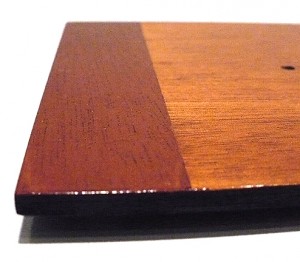 solid wood boards.
solid wood boards.
Take a trip to your local woodworking store, or search on line, for some high-laminate birch plywood in the nearest thickness to the lens board that your camera uses. Hobby shops also sell suitable high-grade plywood. You will also need a few pieces of veneer of the correct type. I cross laminate the veneer and it looks just like the multi-piece hardwood boards. Look on the Internet for tips on wood laminating, it is not that hard to do. Carefully measure an original lens board and using a saw and router duplicate the profile and sand to fit your camera.
The hardest part is drilling the hole for the shutter. Here you will need a Forstner bit that is the closest to the size of the shutter you intend to mount. Remember that most shutters are metric, so choose a drill that is just under the desired size. You can then us a round file and sand paper to adjust the fit.
Once you are satisfied that everything fits, it is time to finish the board. I black the back of my boards along with the light trap offset and edges. I use black India ink which penetrates the wood and dries to a flat, non-reflective finish. Only the veneer front requires a fine finish. I use varnish, you can use spray acrylic if you like. You may have to apply stain to match your camera, experiment on a scrap of veneer first.
It is really easy to make your own high-quality lens boards. The last time I did this I made about six blanks and I still have extra undrilled boards on hand.
JB








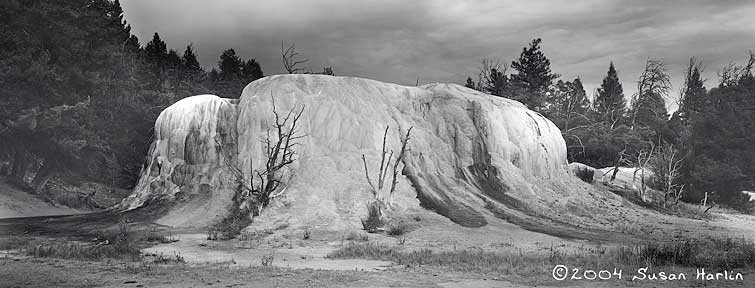
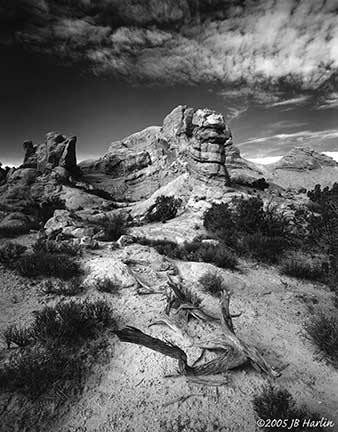


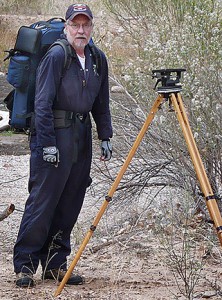
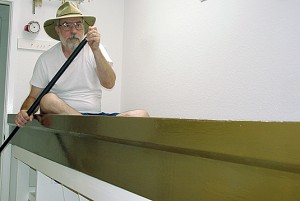 Once you become a serious darkroom worker you will eventually want a real darkroom sink with running water. The question is, to buy, or to build? Certainly, if you have deep pockets, you can buy a commercial stainless steel sink. You can even have a stainless sink custom fabricated. Just be forewarned, you are looking at a serious amount of money.
Once you become a serious darkroom worker you will eventually want a real darkroom sink with running water. The question is, to buy, or to build? Certainly, if you have deep pockets, you can buy a commercial stainless steel sink. You can even have a stainless sink custom fabricated. Just be forewarned, you are looking at a serious amount of money.